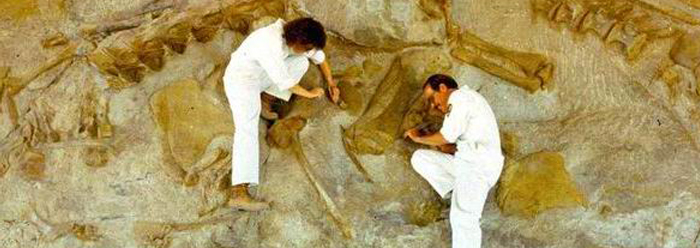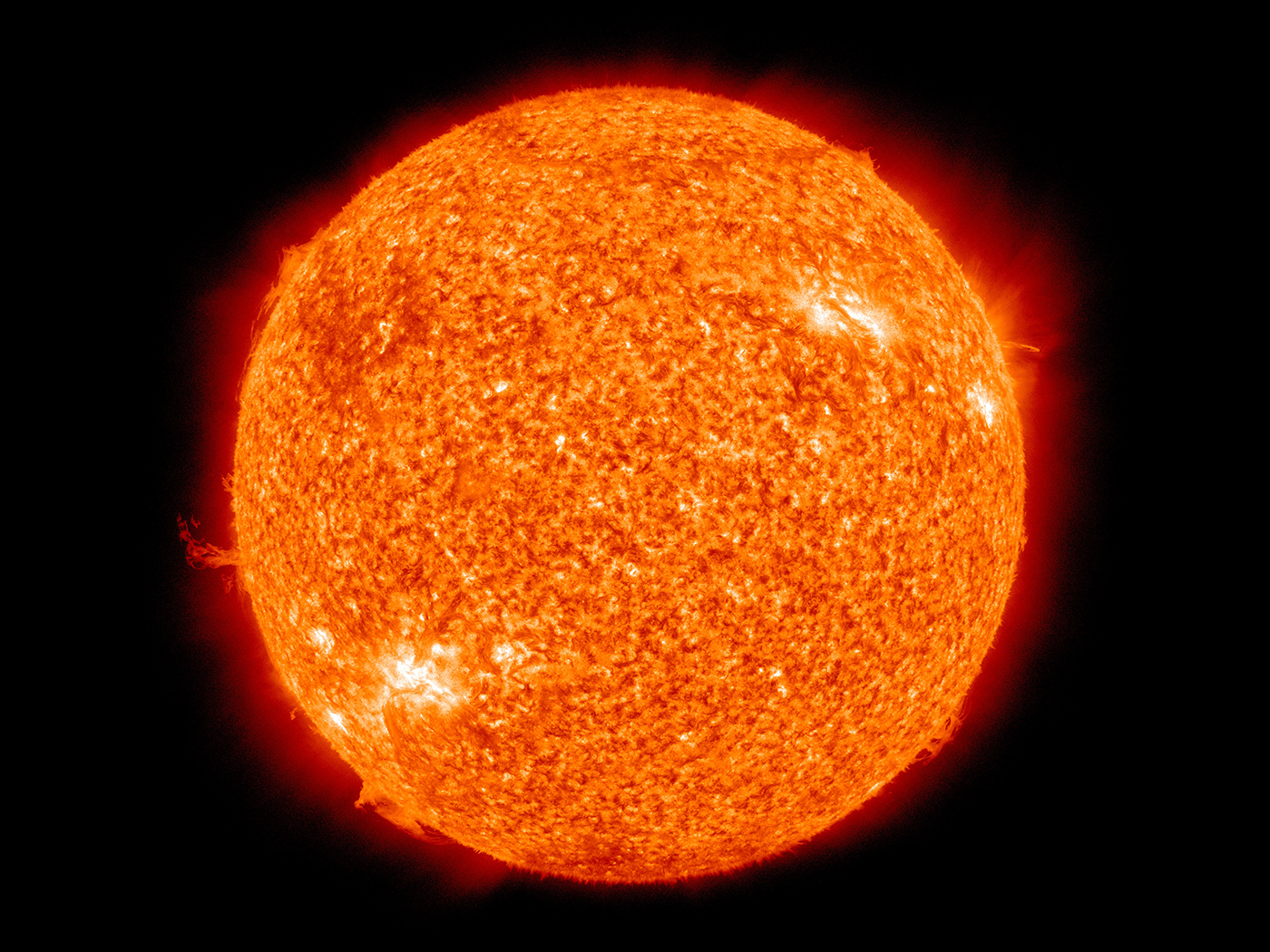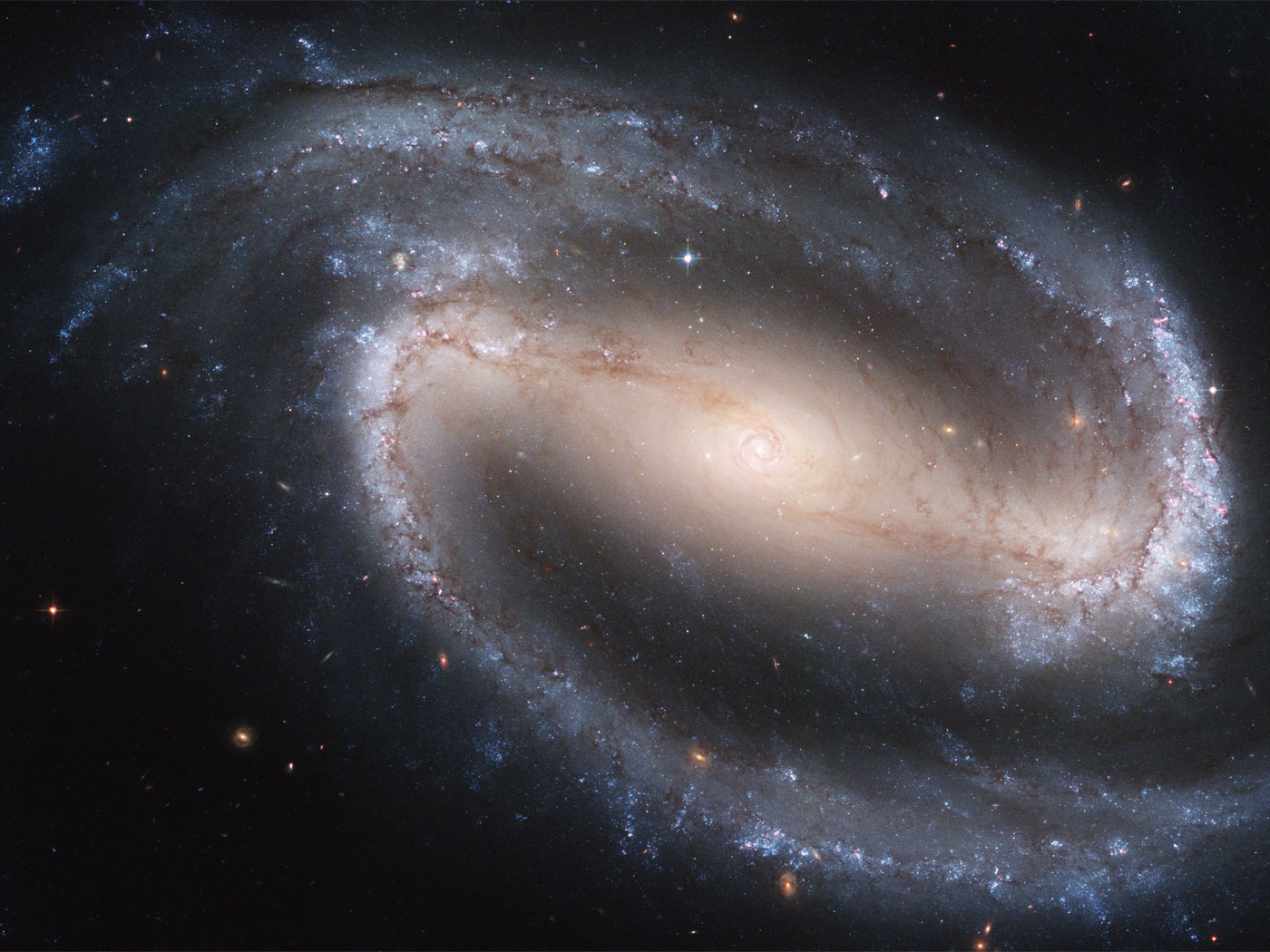Researchers have recently “ruled out a hypothesis” that has been taught as dogma in schools, colleges and universities worldwide: the cause of the Permian extinction, allegedly “the mother of all mass extinctions.”
Geologists and paleontologists state in a recent article in Nature Geoscience that at the end of the Permian era—which they calculate occurred some 250 million years ago—“95 percent of marine species and 70 percent of land species were wiped out.”1 Called the “Great Dying” by some researchers, it is difficult not to think of a cataclysmic event, such as a global flood (Genesis 6–9), when reading of such massive destruction.
Regardless, evolutionary scientists have taught for decades that this Permian extinction event was precipitated by gradual oxygen starvation of the world’s oceans. This supposedly led to a massive die-out of marine life due to “clouds of hydrogen sulphide” rising from the seas.
Now many scientists are stymied as to what caused this devastating event, but Flood geologists have an idea: massive flooding, possible asteroid activity, and large-scale volcanism. History records such a catastrophic event in Genesis 7:11.
Indeed, many scientists are coming closer to the truth when they rule out clouds of hydrogen sulphide and look approvingly at “an impact, or series of impacts, by an asteroid.” Granted, this is not the Flood, but such bombardments probably did occur at this time. In fact, many geologists now agree with creation scientists that earth did experience a worldwide cataclysmic event. Take note of this shift from a position that does not fit the facts to a more reasonable scientific understanding—sudden cataclysm(s) such as asteroids or even a “fierce period of volcanism,” which happens to fit historical accounts found in the biblical record.
Of course, researchers in creation science continue to follow the evidence where it leads, and little by little, Darwinian scientists committed to evolutionary dogma are beginning to confirm what we’ve been stating all along.
* Mr. Sherwin is Science Editor
1. Stinking seas not to blame for 'mother of all mass extinctions.' Posted on phys.org March 23, 2008. Reporting on Harfoot, M. B. et al. 2008. End-Permian ozone shield unaffected by oceanic hydrogen sulphide and methane releases. Nature Geoscience. 1 (4): 247-252.
For more information about this topic, read Dr. Kenneth Cumming's article titled Extinction.




















